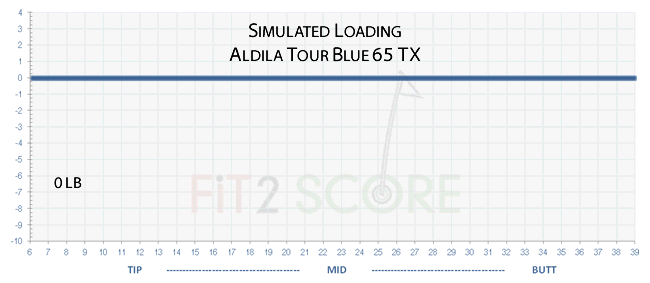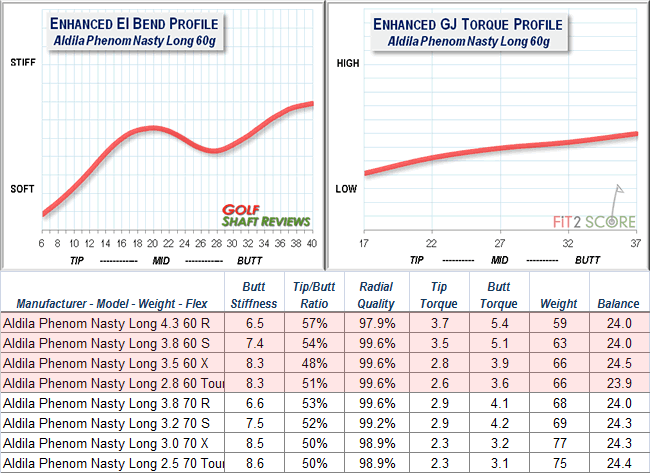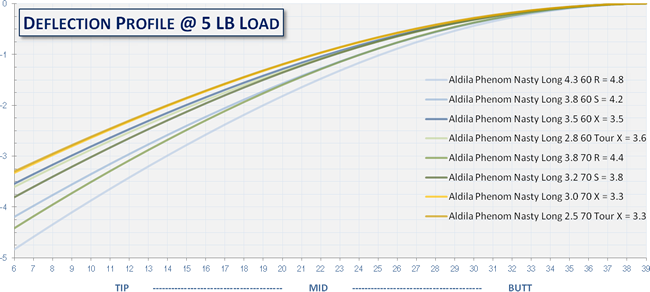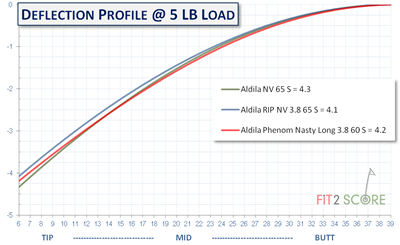Aldila Rogue 110 MSI I/O Driver Shafts
By Russ Ryden, Fit2Score, A Dallas Fort Worth Club Fitter & Club Maker
The Golf Center at the Highlands, Carrollton Texas
![]()
![]() The Aldila Rogue I/O is an update the the Rogue Silver. The tip section of the shaft has a notation, RIP I/O. The tip section of the Rogue I/o is made with Aldila’s RIP technology. RIP (Reverse Interlaminar Placement) means some of the bias wraps are moved from the core of the shaft to the outer wall. Outer layers of material exert a greater influence on tube performance than inner layers. The bias (angular) wraps of material create torsional and hoop strength in a tube. Moving those layers to the exterior of the shaft generally means lower torque and higher hoop strength. In the Rogue I/O the torque and hoop strength of the original Rogue Silver shafts are matched in the Rogue Silver RIP in a 5 to 9 gram lighter shaft.
The Aldila Rogue I/O is an update the the Rogue Silver. The tip section of the shaft has a notation, RIP I/O. The tip section of the Rogue I/o is made with Aldila’s RIP technology. RIP (Reverse Interlaminar Placement) means some of the bias wraps are moved from the core of the shaft to the outer wall. Outer layers of material exert a greater influence on tube performance than inner layers. The bias (angular) wraps of material create torsional and hoop strength in a tube. Moving those layers to the exterior of the shaft generally means lower torque and higher hoop strength. In the Rogue I/O the torque and hoop strength of the original Rogue Silver shafts are matched in the Rogue Silver RIP in a 5 to 9 gram lighter shaft.
The technical discussion and measurements are available only to registered readers
- Golf Professional Notes -










